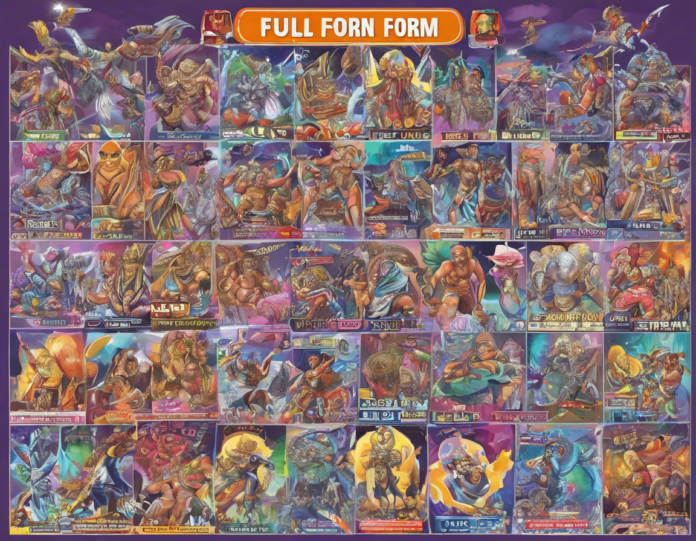Introduction
Portable Network Graphics (PNG) is a widely used file format for images on the internet. In this article, we will delve into the meaning of PNG, its history, benefits, drawbacks, and how it differs from other image formats like JPEG and GIF.
What Does PNG Stand For?
PNG stands for Portable Network Graphics. It is a raster graphics file format that supports lossless data compression. Developed as an improved and non-patented replacement for Graphics Interchange Format (GIF), PNG was created to provide a free, open-source alternative for displaying images on the web.
History of PNG
The PNG format was first proposed by engineers Thomas Boutell and Frank Siegert in 1994. It was designed to overcome limitations in the GIF format, such as the lack of support for true color images and copyright issues associated with the Lempel-Ziv-Welch (LZW) data compression algorithm used by GIF.
The PNG format was officially released in 1996 as PNG 1.0 and has since seen several updates and improvements to the specification. Today, PNG is one of the most popular image formats used on the web, alongside JPEG and GIF.
Benefits of PNG
-
Lossless Compression: PNG uses lossless compression, allowing images to be compressed without losing quality. This makes PNG ideal for storing images that need to be edited and saved multiple times.
-
Transparency Support: PNG supports alpha channel transparency, allowing for varying levels of transparency in an image. This makes it suitable for overlaying images on different backgrounds.
-
High-Quality Images: PNG can store high-quality images with crisp details and clear edges, making it a preferred format for graphics, logos, and text-based images.
-
Wide Browser Support: Almost all modern web browsers support PNG, making it a versatile choice for web design and development.
Drawbacks of PNG
-
File Size: PNG files tend to be larger in size compared to JPEG files, especially for complex images with many colors. This can lead to longer loading times on webpages.
-
Limited Animation Support: Unlike GIF, PNG does not support animations. For animated images, GIF or other formats like APNG (Animated PNG) are more suitable.
-
Lack of EXIF Data: PNG does not support Exchangeable Image File Format (EXIF) data commonly used in JPEG images to store metadata such as camera settings and geolocation information.
PNG vs. JPEG vs. GIF
-
PNG vs. JPEG: PNG is best suited for images with text, line drawings, and graphics that require transparency. JPEG, on the other hand, is more suitable for photographs and images with smooth gradients due to its lossy compression.
-
PNG vs. GIF: While both formats support transparency, PNG is better for images with many colors or complex transparency needs, while GIF is more suited for simple animations and images with limited colors.
Frequently Asked Questions (FAQs)
1. Is PNG good for printing purposes?
PNG files are generally not recommended for printing purposes, as they are optimized for use on digital screens rather than print media. For print, formats like TIFF or PDF are more suitable.
2. Can PNG images be compressed further without losing quality?
Since PNG uses lossless compression, further compression without losing quality is not possible. To reduce file size, tools like PNGGauntlet or TinyPNG can be used to optimize PNG files.
3. How can I convert a PNG image to JPEG format?
There are various online tools and image editing software like Adobe Photoshop or GIMP that allow you to convert PNG images to JPEG format. Simply open the PNG file and save it as a JPEG file.
4. Are there any alternatives to PNG for web images?
Apart from PNG, JPEG and GIF, other image formats like WebP and SVG are gaining popularity for web images. WebP provides both lossy and lossless compression, while SVG is ideal for vector graphics.
5. Can I use PNG images for social media posts?
PNG images can be used for social media posts, especially when transparency or high image quality is required. However, it is advisable to check the platform’s guidelines for recommended image formats and sizes.
